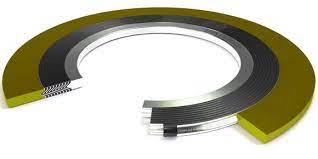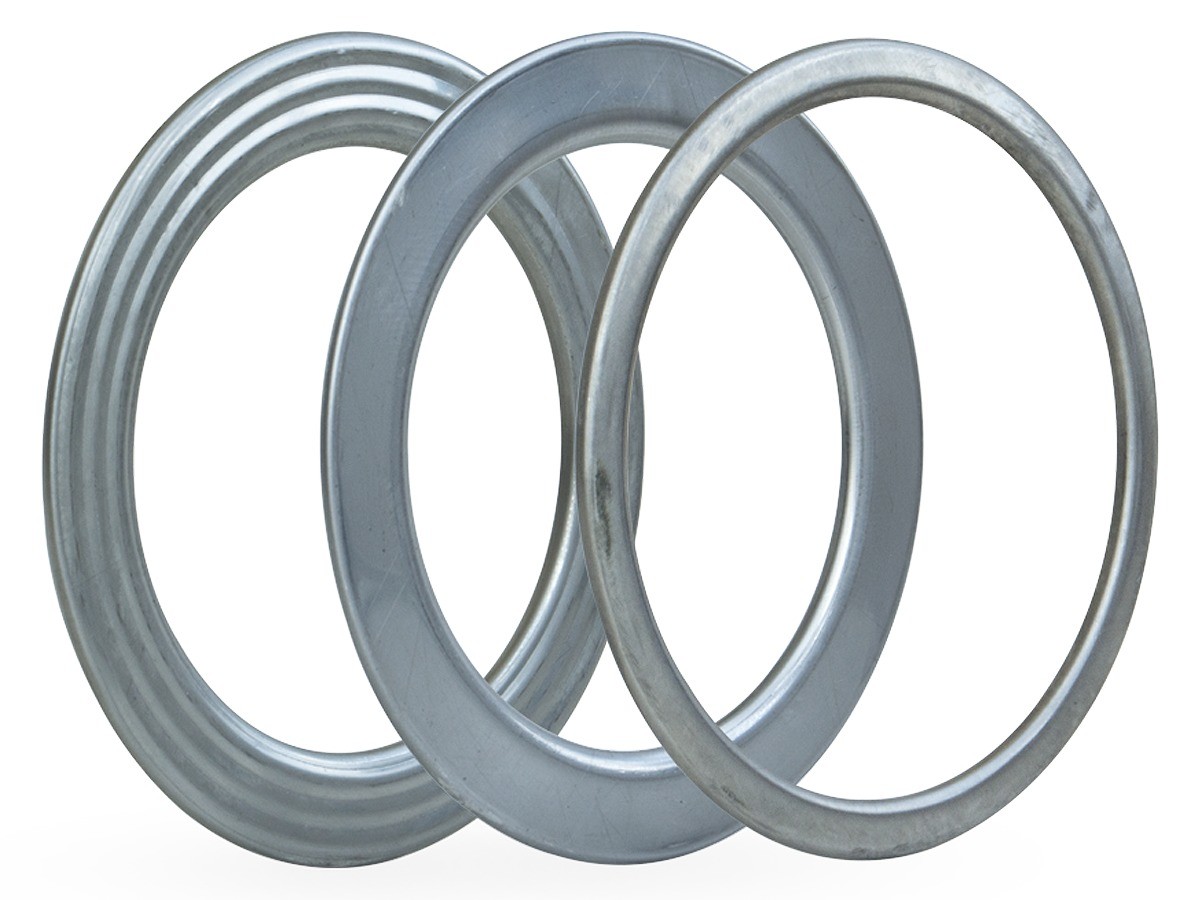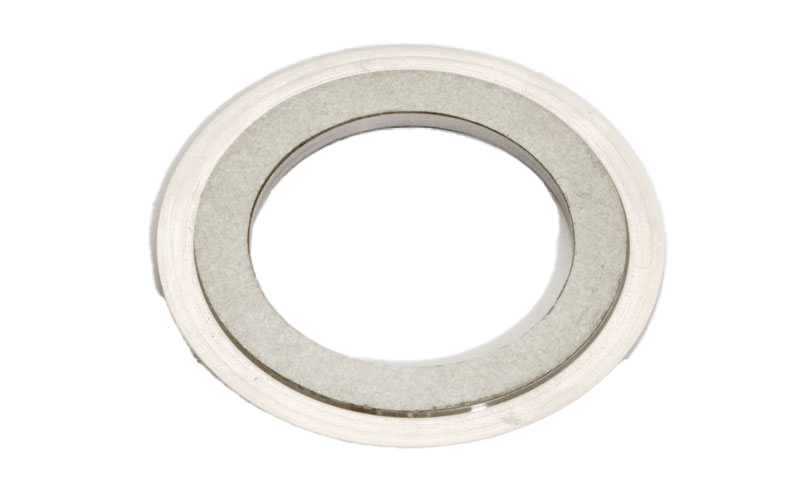Unveiling the Core Differences: Regular Standard Gaskets vs. Nuclear Gaskets
Gaskets play a pivotal role in various industrial applications, serving as indispensable components in pipelines, flanges, valves, and machinery. Their primary purpose is to ensure a secure, leak-tight seal between mating surfaces. Available in diverse types, sizes, and materials tailored to specific needs, one particular type of gasket warrants special attention - the nuclear gasket, meticulously crafted for deployment in nuclear power plants. In this exploration, we delve into the contrasting realms of standard gaskets and their nuclear counterparts.
Regular Standard Gaskets
In the realm of gaskets, regular standard gaskets emerge as versatile workhorses, commonly employed in non-critical applications. Fashioned from materials like rubber, cork, or compressed asbestos, these gaskets serve the fundamental purpose of sealing mating surfaces to prevent fluid leakage. Widely utilized in industries spanning automotive, construction, and manufacturing, standard gaskets may not be engineered to endure high pressures, temperatures, or corrosive conditions.
Affordable and easily accessible, ASME B16.20 Gaskets stand out as a popular choice for general-purpose applications, where the demand for high reliability, safety, or environmental protection is not paramount.
Nuclear Gaskets
In stark contrast, nuclear gaskets are meticulously engineered to meet the rigorous demands of nuclear power plants, playing a pivotal role in applications where safety and reliability take center stage. The absolute imperative for nuclear gaskets is to ensure an unyielding seal, preventing the release of radioactive materials into the environment. To withstand the harsh conditions of high temperatures, pressures, and corrosive environments, these specialized gaskets are crafted from high-performance materials such as graphite, metal, or ceramic.
The manufacturing of nuclear gaskets adheres to stringent controls, subjected to rigorous testing and certification standards. Notable variations include:



In essence, the key disparity between regular standard gaskets and their nuclear counterparts lies in application and design. While standard gaskets suffice for non-critical uses, nuclear gaskets stand as guardians of safety and reliability in critical environments like nuclear power plants. The latter, forged from high-performance materials, undergo rigorous testing, and adhere to stringent certification standards, ensuring their resilience in the face of challenging conditions.
Regular Standard Gaskets
In the realm of gaskets, regular standard gaskets emerge as versatile workhorses, commonly employed in non-critical applications. Fashioned from materials like rubber, cork, or compressed asbestos, these gaskets serve the fundamental purpose of sealing mating surfaces to prevent fluid leakage. Widely utilized in industries spanning automotive, construction, and manufacturing, standard gaskets may not be engineered to endure high pressures, temperatures, or corrosive conditions.
Affordable and easily accessible, ASME B16.20 Gaskets stand out as a popular choice for general-purpose applications, where the demand for high reliability, safety, or environmental protection is not paramount.
Nuclear Gaskets
In stark contrast, nuclear gaskets are meticulously engineered to meet the rigorous demands of nuclear power plants, playing a pivotal role in applications where safety and reliability take center stage. The absolute imperative for nuclear gaskets is to ensure an unyielding seal, preventing the release of radioactive materials into the environment. To withstand the harsh conditions of high temperatures, pressures, and corrosive environments, these specialized gaskets are crafted from high-performance materials such as graphite, metal, or ceramic.
The manufacturing of nuclear gaskets adheres to stringent controls, subjected to rigorous testing and certification standards. Notable variations include:
- Spiral Wound Gaskets: Constructed by winding a metal strip and filler material, typically graphite, in a spiral pattern. They excel in providing a reliable seal, even under extreme temperatures and pressures.

- Metal Jacketed Gaskets: Featuring a soft filler material encased in a metal jacket, these gaskets find application in environments with high pressures and temperatures.

- Camprofile Gaskets: Comprising a metal core with a serrated profile and a soft filler material, they are designed for use in conditions marked by elevated pressures and temperatures.

In essence, the key disparity between regular standard gaskets and their nuclear counterparts lies in application and design. While standard gaskets suffice for non-critical uses, nuclear gaskets stand as guardians of safety and reliability in critical environments like nuclear power plants. The latter, forged from high-performance materials, undergo rigorous testing, and adhere to stringent certification standards, ensuring their resilience in the face of challenging conditions.

